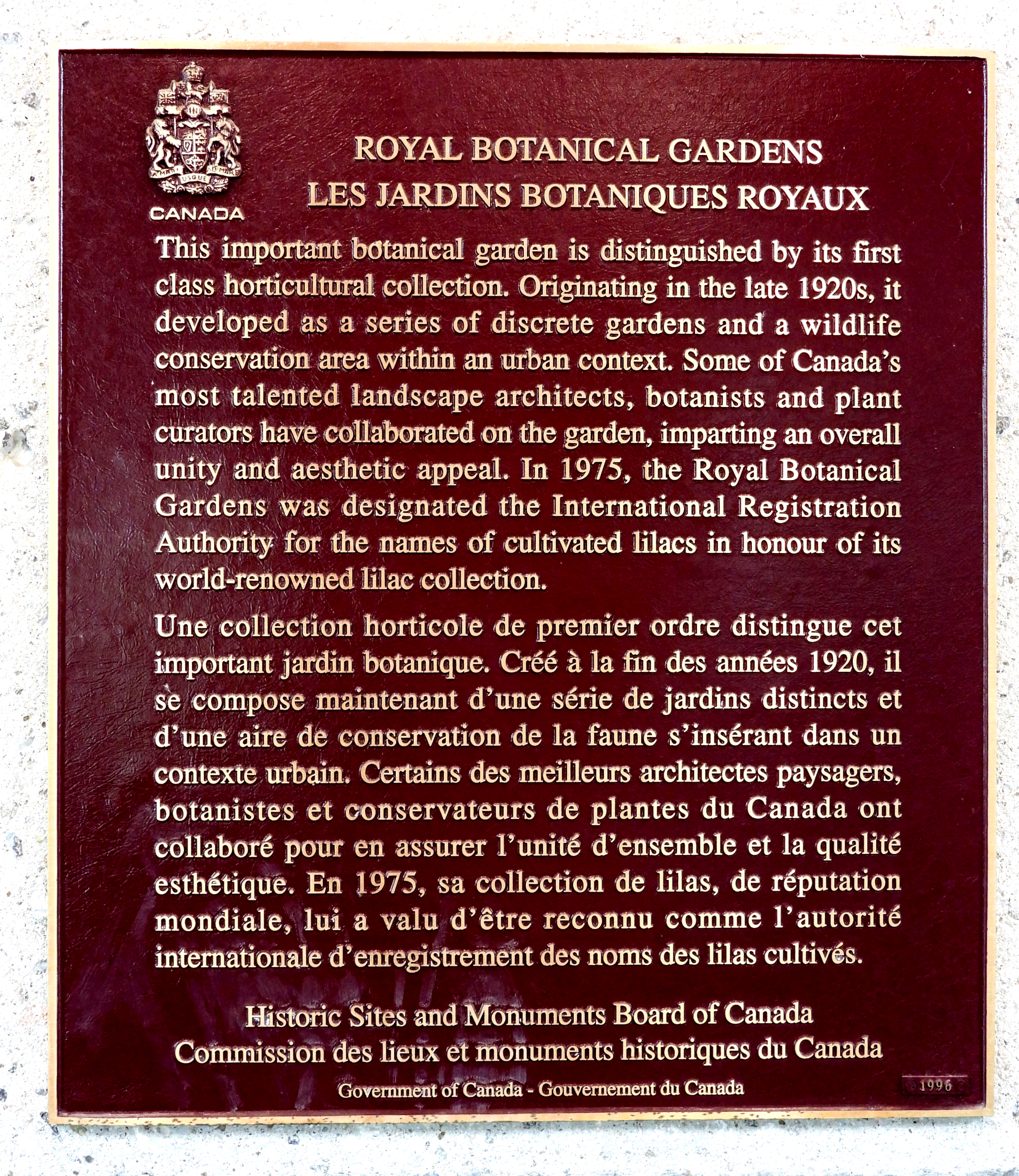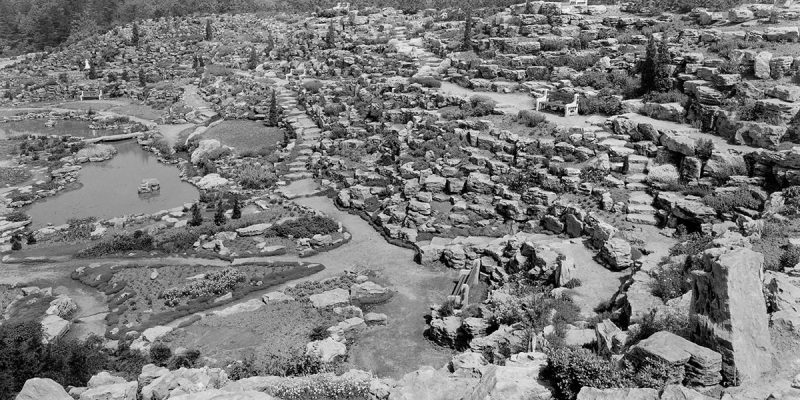| Membership | Price (+HST) |
|---|---|
| Single | $85/year |
| Single Plus | $120/year |
| Family | $130/year |
| Family Plus | $175/year |
| Contributing | $300/year |
| Supporting | $600/year |
| Sustaining | $1,000/year |
| Benefactor's Circle | $2,500/year |
| Director's Circle | $5,000/year |
| President's Circle | $10,000/year |
Did You Know? RBG is a National Historic Site of Canada!
By Dr. David Galbraith, Head of Science, Royal Botanical Gardens.
From coast to coast to coast, there are over 900 places designated National Historic Sites of Canada. This designation is made by the federal Minister of the Environment based on the recommendation of the Historic Sites and Monuments Board of Canada. These sites are associated with the events, people, cultures, traditions, or movements that make up our country’s history, and are formally recognized for their national significance. They help Canadians learn about history, cultural diversity, and the many factors that have shaped Canada.
Royal Botanical Gardens became a National Historic Site of Canada in 1994. This designation recognizes prominent people who helped to create and design RBG in the 20th century, like Thomas Baker McQuesten, a lawyer and politician from Hamilton; Carl Borgstrom, a landscape architect from Sweden who’s visionary approach to design created the Rock Garden; Matt Broman, also a landscape architect originally from Sweden who designed the Arboretum and Laking Garden; and J. Austin Floyd, designer of the gardens in Hendrie Park. These were among Canada’s most influential landscape designers and architects of the time. Royal Botanical Gardens’ creation was also associated with important trends such as the City Beautiful Movement that influenced city planning and architecture across North America, and efforts to protect natural areas like Cootes Paradise from development.

Also historically important was the City of Hamilton’s Board of Park Management. By 1934 this forward-thinking city panel had secured more park acreage in Hamilton than had any other city in Canada. Much of this later became part of RBG. Nationally very few botanical gardens had been created at this time. The official plaque about the designation is on display in the Colonnade at RBG Centre. It reads in part:
“This important botanical garden is distinguished by its first-class horticultural collection. Originating in the late 1920s, it developed as a series of discrete gardens and a wildlife conservation area within an urban context. Some of Canada’s most talented landscape architects, botanists and plant curators have collaborated on the garden, imparting an overall unity and aesthetic appeal.”
Although it’s a National Historic Site with a long history, Royal Botanical Gardens is not managed as a historic garden that represents some past period. An intrinsic part of RBG is being a prominent botanical garden where collections, gardens, and even buildings are modified as needed to attract visitors, present beautiful horticultural experiences, and improve our environmental performance, sustainability, and resilience to climate change. Adapting and changing with the times while staying true to RBG’s mission to connect people, plants, and place will mean this National Historic Site of Canada will be relevant and enjoyed for decades and centuries to come.

More from the RBG Blog
Check out RBG’s blog for announcements, articles, and more from Canada’s largest botanical garden.
Want to be sure you hear first? Sign up for our weekly e-newsletter to hear about upcoming events, weekend activities, articles, and more!












